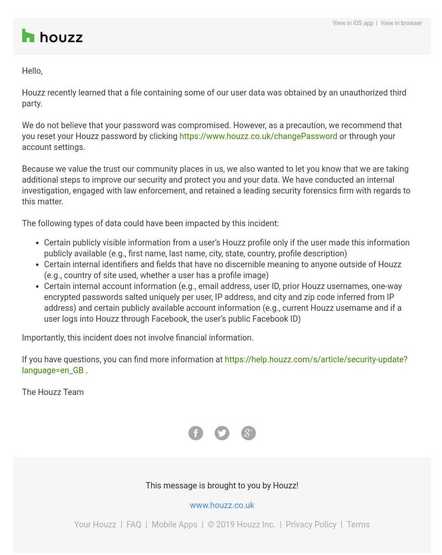Dell SafeGuard and Response is geared toward businesses, governments, and schools that may lack resources they need to detect and remediate sophisticated threats.
Dell, CrowdStrike, and Secureworks have teamed up to create a new endpoint security portfolio made up of managed security, incident response, and behavioral analytics tools. Dell SafeGuard and Response is intended to help smaller teams address advanced security threats.
Target users for the new offering are midmarket companies, the public sector, educational institutions, and other organizations lacking capabilities and resources to detect and respond to threats like non-malware-based attacks. CrowdStrike reports these made up 39% of attacks overall in 2017 and which SentinelOne says rose by 94% between January and June 2018.
Further, Secureworks has found that half of organizations don’t have the endpoint or network visibility they need during incident response. Sophisticated threats went undetected for an average of 30 days — a big problem for small security teams, says Brett Hansen, Dell’s vice president and general manager of client software and security solutions.
“Those organizations are increasingly the ones being hit and compromised,” Hansen says of the target users. “When it does happen, they’re less capable of recovery.”
“Every security event for these folks is kind of a five-alarm event,” he continues. “Smaller, midmarket companies just don’t have good track records for how to remit and recover.” Many have an employee designated to handle cybersecurity — an all-encompassing position that requires one person to handle endpoint security, encryption, incidents, and other duties.
Dell SafeGuard and Response combines CrowdStrike’s endpoint security protection with threat intelligence and incident response management from Secureworks. Hansen says Dell and Secureworks spent months vetting and testing EDR systems before selecting Crowdstrike’s.
“Being selected by Dell is a testament to CrowdStrike’s market leadership and the proven value of our platform,” said Matthew Polly, vice president of worldwide business development and channels at CrowdStrike, in a release on today’s news.
What’s Inside
The full offering is made up of four distinct tools: CrowdStrike Falcon Prevent, CrowdStrike Falcon Prevent and Insight, Secureworks Managed Endpoint Protection, and Secureworks Incident Management Retainer. Buyers can purchase the full package or choose separate tools; they can also buy one tool to start and add more to their environment later on, if needed.
CrowdStrike Falcon Prevent, the first tier of four, is a next-gen antivirus product. Falcon Prevent and Insight, the second, adds endpoint detection and response. Tier three is Secureworks’ managed endpoint system, which monitors for threat activity with the Secureworks’ SOC and Counter Threat Unit on hand to determine the severity of discovered threats. Tier four is a Secureworks incident response retainer to provide customers with resources following a security incident.
Customers can buy the security package as a subscription on its own, or as they’re buying Dell devices, says Hansen. Licenses for Dell SafeGuard and Response are not tied to individual machines; they can be downloaded and used on any machine in the environment. Further, Hansen points out, the tool is device agnostic and not limited to Dell computers.
From a procurement perspective, this is helpful for companies with limited budgets as they can tie security in with new devices or buy it separately. They can also have one point of contact at Dell to receive support for CrowdStrike and Secureworks tools included in the security package.
For guidance in how to download and use the platform, customers have access to an online training curriculum via CrowdStrike, says Polly. However, he notes, deployment is fairly simple.
What Comes Next?
“We want to look at more than the endpoint — we want to look across the customer stack,” says Wendy Thomas, senior vice president of business and product strategy at SecureWorks. She sees an opportunity to broaden this service to networks, databases, other parts of the business.
The companies are also working on projects where they can come together and provide more visibility below the operating systems, says Hansen. Cyberattacks are increasingly targeting the BIOS and firmware levels, he explains, and he anticipates adversaries will continue the trend.
Dell SafeGuard and Response will be available globally in March 2019 through Dell and authorized channel partners. The CrowdStrike Falcon platform can also be purchased via Dell.
Related Content:
Kelly Sheridan is the Staff Editor at Dark Reading, where she focuses on cybersecurity news and analysis. She is a business technology journalist who previously reported for InformationWeek, where she covered Microsoft, and Insurance Technology, where she covered financial … View Full Bio
Article source: https://www.darkreading.com/endpoint/dell-crowdstrike-secureworks-join-forces-to-secure-endpoints/d/d-id/1333769?_mc=rss_x_drr_edt_aud_dr_x_x-rss-simple

